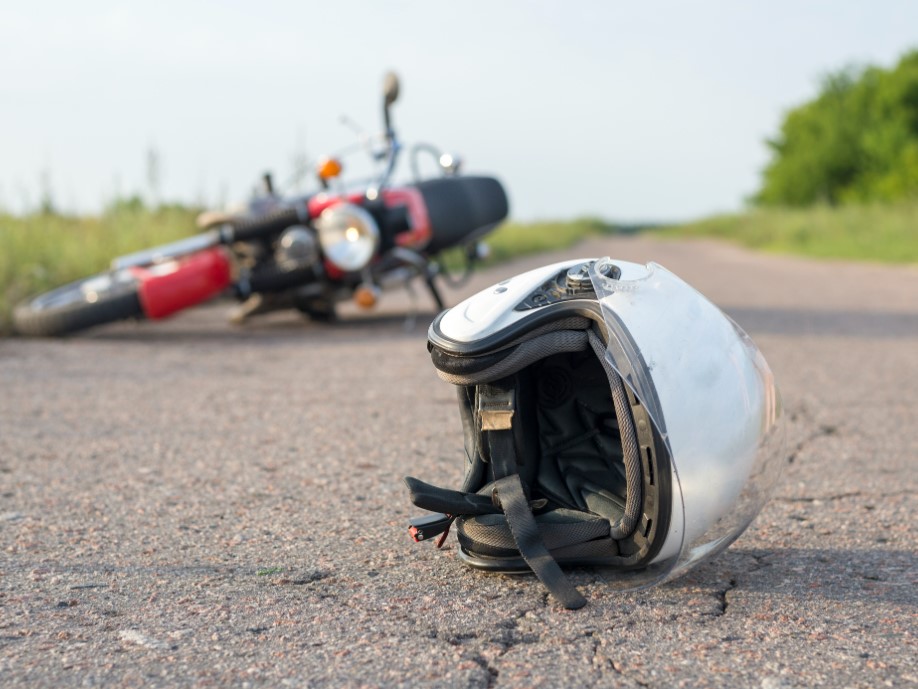
As a motorcycle rider, being involved in an accident or wreck is your worst nightmare. But if you don’t have a plan for how to avoid becoming a victim, there’s a pretty good chance that you’ll eventually find yourself in a compromising situation.
7 Tips to Avoid a Motorcycle Accident
Driving a motorcycle is fun and exciting. Some would even say it’s exhilarating. There’s something about feeling the cool wind blowing in your face that makes you feel alive. But motorcycles are also much less safe and crashworthy than a standard motor vehicle.
With no enclosure, seatbelt, or massive metal frame to protect you from other vehicles and elements, a simple crash can turn into a life-threatening incident. In 2019, the last year in which comprehensive data is available, 5,014 people died in motorcycle crashes.
And while that number was down slightly from 5,038 the year prior, motorcycles are still 29-times more likely than passenger vehicle occupants to die in a crash. Of those who don’t die, DozierLaw.com reports that the majority face serious injuries that take months or years to heal.
The only way to avoid a motorcycle accident for certain is to not ride a motorcycle. Having said that, there are plenty of ways to lower your risk by simply taking a few precautions. Here are some tips:
1. Take the Right Training Classes
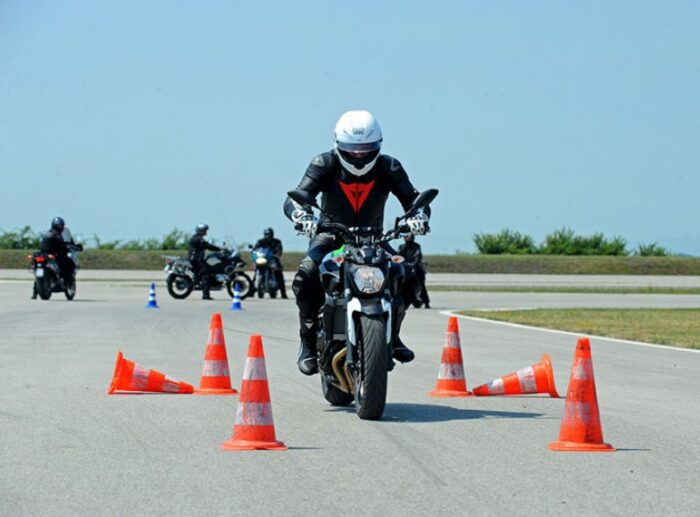
You’ll have to take a certain number of safety and training courses before you can get your motorcycle license. However, don’t stop there. It’s smart to invest in continuing education and defensive driving courses every couple of years. This will help you brush up on your skills and learn new techniques that could keep you out of harm’s way.
2. Choose the Correct Bike
When choosing a motorcycle, you have to look past the brand, color, and style. While those things are certainly fun to think about, there are other factors that impact your safety. Here are a few to consider:
Fit. You need to be comfortable when riding. This means being able to easily reach all controls (including shift levers), as well as having the ability to touch the ground when standing/stopped.
Engine size. Everyone loves the classic sound of a big Harley Davidson revving up, but beginner motorcyclists don’t need that much engine. You should start with a smaller engine that matches your skill level. Then, as your skills increase, you can move up in size.
Type. There are many different types of motorcycles. This includes cruisers, sport bikes, touring motorcycles, standard motorcycles, and dual-sport motorcycles. The type you choose is highly dependent on the intended use.
Yes, a bike’s paint and rims give it a certain sex appeal, but your choice of bike should go far beyond these surface level details. By accounting for fit, engine size, and bike type, you’ll make a much safer choice.
3. Wear Proper Protection
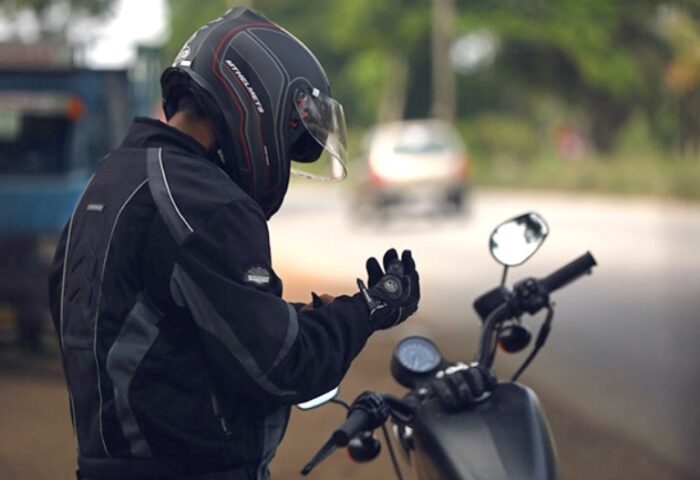
Nearly 1,000 lives could be saved each year if every motorcycle rider wore the proper protection. More specifically, helmets are a must. According to iii.org, “Helmets are estimated to be 37 percent effective in preventing fatal injuries to motorcycle riders and 41 percent for motorcycle passengers.
In other words, for every 100 motorcycle riders killed in crashes while not wearing a helmet, 37 of them could have been saved had all 100 worn helmets.” In addition to wearing a helmet, it’s wise to wear a jacket, pants, boots, gloves, eye protection, and even hearing protection.
In the motorcycle safety world, you’ll hear the acronym ATGATT, which stands for All The Gear, All The Time. That might seem like going overboard, particularly if you’re just going on a quick errand or joy ride, but the fact is most accidents occur within several miles of home. Always be prepared!
4. Avoid High-Risk Circumstances
There are seven types of common motorcycle accidents. They are as follows:
- Accidents caused by left turning vehicles
- Lane switching
- Head-on collisions
- Lane splitting accidents
- Corner turning accidents
- High-speed accidents
- Accidents caused by intoxication
- Accidents caused by distractions
The majority of motorcycle accidents stem from one of these common factors. Avoiding them (which is easier said than done) will keep you safe 99 percent of the time.
5. Avoid Bad Weather
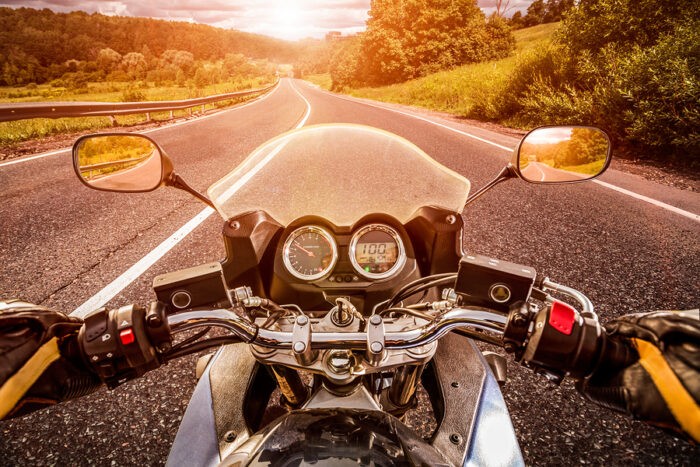
Driving in bad weather isn’t any fun. Driving a motorcycle in bad weather is even worse. Not only do you have to deal with rain and wind directly hitting you, but there are also risk factors like slick roads and puddles (which are more likely to cause a two-wheeled vehicle to skid).
If possible, avoid riding your motorcycle in inclement weather. However, if you have no other choice, wear the proper protective gear and drive slowly. Pull over if rain becomes too heavy and your visibility is limited.
6. Stay Sober
There’s a saying among pilots that goes like this: Eight hours from bottle to throttle – and it applies to bikers as well. In other words, if you have an alcoholic beverage, you should allow for a cushion of at least eight hours before driving.
While you can technically have one or two drinks and still drive (if you pass a BAC test), it’s generally best to avoid driving after consuming alcohol. Even one drink slows your response time and impairs judgment – it’s simply not worth it.
7. Get Plenty of Rest
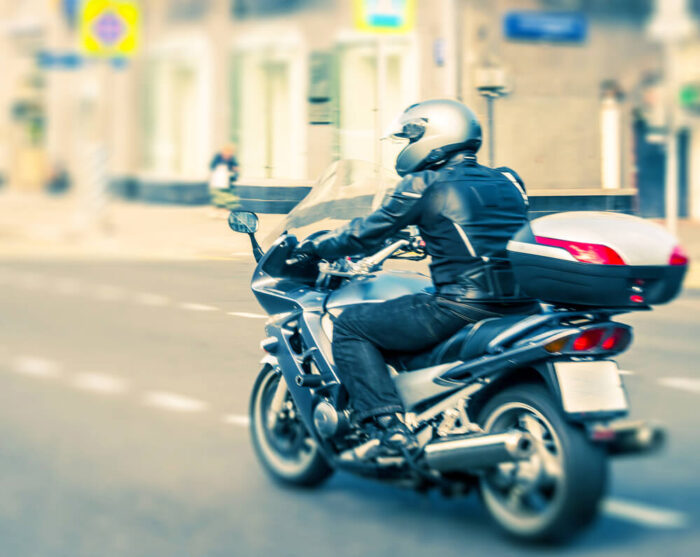
Riding a motorcycle can be both physically and mentally exhausting. Thus, it’s imperative that you take regular breaks. When on an extended road trip, never drive for longer than 60 to 75 minutes without pulling over to stretch and move around.
Be sure to stay hydrated and take a nap if necessary. (Rest stops are great for this. Find a bench or shady patch of grass and close your eyes for 15 minutes. It’ll do you a world of good!)
Stay Safe on the Road
Staying safe on the road isn’t rocket science. With the right training, proper equipment, and the discipline to avoid high-risk scenarios, you can dramatically lower your chances of being seriously hurt or killed in a motorcycle crash. Now it’s up to you to follow through!














